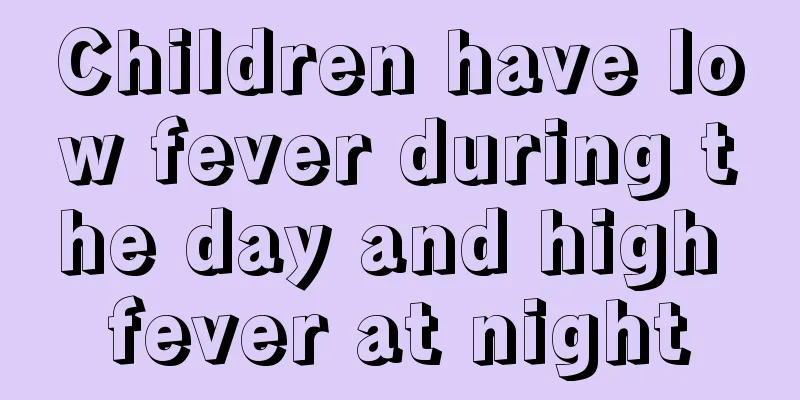What are the symptoms of severe urticaria in children?

|
Do you know what urticaria is? Yes, it is the common urticaria in daily life. In layman's terms, this disease makes the skin turn red in patches, which is very scary. What’s even more frightening is that this disease is prone to occur in children, which is very uncomfortable for children. Not only will they suffer from itching, but they may also experience chest tightness, difficulty breathing, etc. Therefore, parents must pay attention to prevention. So what are the symptoms of severe urticaria in children? Acute urticaria in children develops very suddenly, and the skin may become abnormally itchy within an instant. With the itching and scratching, red or pale wheals of varying sizes and shapes quickly appear; the skin scratch syndrome is positive (scratching the child's normal skin with a needle may cause red bumps consistent with the scratches); the number of rashes is generally large, some are ring-shaped, and may also merge into large pieces, and they disappear quickly within a few minutes to a few hours, leaving no trace. Hives can occur anywhere on the body. This disease is very easy to relapse, appearing and disappearing from time to time. Most children have no other discomfort except severe itching of the skin. However, if the digestive tract is affected, symptoms such as nausea, vomiting, abdominal pain and diarrhea may occur; if the bronchi and larynx are affected, there will be a blocked throat, chest tightness, shortness of breath, difficulty breathing, and even suffocation; some children may also have edema of the hands, feet, eyelids, and even the entire face; in severe cases, there will be symptoms of shock such as pale complexion, difficulty breathing, and low blood pressure. The course of chronic urticaria can last for several months or even years. Generally, those that last for more than 2 to 3 months are called chronic. In addition, this disease can have many types, such as acute, chronic, cold, local heat, sunlight, water-related, compressive, cholestatic, urticarial vasculitis, serum sickness type, angioedema, etc. Urticaria is both an independent disease and a skin manifestation of certain diseases. There are many diseases that can cause urticaria, such as infectious diseases: parasitic infections (intestinal roundworms, pinworms, etc.); bacterial infections (dental caries, alveolar abscesses, tonsillitis, otitis media, sinusitis, etc.); viral infections such as hepatitis B; fungal infections such as tinea pedis, etc.; systemic diseases (such as diabetes, hyperthyroidism, and even potential tumors in the body). |
<<: How to treat abdominal distension and diarrhea in children?
>>: What can children eat to get rid of phlegm in their throats?
Recommend
Treatment for baby cough
Nowadays, many babies cough and retch, which is r...
What to do if a 10-year-old girl loses her hair
In fact, it is quite normal for a ten-year-old gi...
What to do if your child has swollen abdominal lymph nodes
Some children have health problems, so they need ...
Why does an 8-year-old child wet the bed?
If an eight-year-old child still wets the bed, it...
What to do with scoliosis in children? Treat according to the situation
Scoliosis is very common in children. It not only...
What to do if your child has red and swollen eyes
Sometimes children have red and swollen eyes, whi...
Why does the baby's fontanelle close late and how to deal with it
I believe every parent is very concerned about th...
How to treat severe pneumonia in children?
If some young children suffer from pneumonia, it ...
What to do if a child's tooth falls out
In fact, it is normal for children to lose teeth,...
How to take care of children with fever and sweating
In daily life, many babies have poor immunity. So...
How much milk is appropriate for babies
How much milk is appropriate for babies to drink?...
What does hot lungs look like?
Heat rash is a very common disease. In fact, heat...
I didn't expect so many changes after my baby went to kindergarten.
After children go to kindergarten, they will ente...
What medicine should I use for blisters at the corners of my child's mouth?
When we have a sore throat, a circle of blisters ...
Baby's stool is sticky and paste-like
Under normal circumstances, the intestines of man...









